Table of Contents
What Is the Real Cost of Buying and Running a Natural Gas Generator?
Buying a natural gas generator is a lot like buying a car: Both cars and natural gas generators cost money to keep up.
Even after you have paid for your generator, you still have to pay for fuel, check the battery and exerciser circuits and alternator voltage, change the filter and oil, repair coolant leaks, and keep up with belts, bolts, connections, and clamps.
Another way that natural gas generators are a lot like cars is the fact that maintenance costs are variable. Just like a car, a natural gas generator costs more in maintenance the harder you push it. Maintenance costs can vary considerably from one homeowner to the next.
Generators that rely on natural gas alone for power don’t come in small, portable, inexpensive models the way their diesel- and gasoline-powered counterparts do. If you are going for a natural gas powered generation, you’re looking at either a standby generator to use when the power goes out of a continuous power generator that generates electricity where utility connections are not available. Standby generators are used by both homes and residences, but continuous natural gas power generators are usually commercial.
Let’s take a closer look at standby and continuous natural gas generators to see what kinds of expenses you can expect across the course of the generator’s useful life.
Initial Natural Gas Generator Purchase Price
Natural gas generators vary considerably in price. If you shop around, you will find natural gas generators for backup power ranging in price from as little as $2,500 to $15,000 before sales tax. For that kind of money, you can get a generator that produces from 6 to 20 kW — enough power for a cottage to enough power for a 5,000 square-foot house.
Homeowners may be able to niggle the price of a smaller natural gas generator by choosing a unit with a manual transfer switch instead of an automatic transfer switch. All natural gas generators rated 5 kW and higher have a transfer switch. A manual transfer switch requires the homeowner to go out in the weather to activate the generator when the power goes out, while an automatic switch starts generating power automatically when loss of current is detected. But the convenience of an automatic power switch only adds a few hundred dollars to the initial outlay for the generator.
Natural gas generators for longer-term power production start at 20 kW and go up to 4000 kW. The most powerful stand-alone natural gas generators may cost as much as $2 million.
What size of natural gas line is used for the portable generator?
Commercial establishments that may need backup power for several days usually calculate size needs by the formula 50 kW plus 10 watts (not kilowatts) per square foot of heated and cooled space. By this formula, a supermarket with 10,000 square feet of floor space would need 50 kW plus 10 x 10,000 watts or a 150 KW generator. A natural gas generator of that size can cost $500,000. But a small shop might need a much smaller natural gas generator that can be purchased and installed for less than $50,000.
Cost of Natural Gas Generator Installation
Every natural gas generator must be professionally installed. Shoddy installation is a safety hazard.
- A natural gas generator without a properly installed safety switch can send electricity back into power lines, electrocuting line workers when they attempt to repair downed lines.
- Overloading a natural gas generator can cause a fire hazard.
- Generators that get wet can short out and electrocute people and pets standing nearby.
- Putting the generator too close to the home can pose a carbon monoxide hazard.
According to Home Stratosphere, a typical cost of installation for a home standby generator is $4,000 to $5,000 beyond the cost of the generator itself, although there are situations in which installation will cost only a few hundred dollars and situations in which installation can cost up to $10,000. The more work the installation requires, the more it will cost. The most common issue is having the electric meter on one side of the house and the gas meter on the other, requiring more work from the installation crew.
There can also be additional charges not included in the installation company’s bid, such as:
- Leveling the generator site and pouring a concrete pad for the generation: $50 to $75 per square foot.
- Connecting to existing public utility lines: $50 to $150 per hour.
- Installing the transfer switch and connecting to the home’s electrical panel: $65 to $100 per hour,
- City permits and inspections: $50 to $250 each
- Materials: $200 to $2500
It’s always a good idea for homeowners to ask for bids from several installation companies before choosing the professionals for the job. Businesses will usually seek competitive bids. A good rule for commercial installation is $1000 per kW. In our example of the 10,000 square foot supermarket above, installing a 150 kW unit would cost an additional $150,000 over the cost of the generator.
Fuel Expense for Natural Gas Generators
The cost of the natural gas you use to run your generator depends on how many kW it generates, the sizes of the power loads you are carrying, and how often you run it. Every generator comes from the manufacturer with a spec sheet that discloses expected rates of fuel consumption at one-quarter load, half load, three-quarters load, and full load. It’s important to understand that gas generators are not designed to be run at full load indefinitely the way a portable diesel generator is.
Natural gas generators use fuel more efficiently at full load although they will have maintenance issues faster. Generator Source estimates that:
- A 20 kW natural gas generator running at one-quarter load burns 157 cubic feet of natural gas per hour.
- A 20 kW natural gas generator running at half load burns 188 cubic feet of natural gas per hour.
- A 20 kW natural gas generator running at three-quarters load burns 247 cubic feet of natural gas per hour.
- A 20 kW natural gas generator running at full load burns 289 cubic feet of natural gas per hour.
How does that translate to dollars per hour of operation?
In 2021, residential natural gas prices in the United States ranged from $4.42 per 1000 cubic feet in Alaska to $20.23 per 1000 cubic feet in Hawaii. The national average price for residential natural gas service in 2021 was $12.57 per 1000 cubic feet. That translates to an average operating cost of $1.97 per hour at quarter-load, $2.36 per hour at half load, $3.10 at three-quarter load, and $3.63 at full load.
Just on the basis of geography, those figures would be $0.69, $0.83, $1.09, and $1.28 per hour in a cheap-gas state like Alaska or $3.17, $3.80, $4.99, and $5.84 per hour in a state where natural gas is very expensive like Hawaii. And different generators use different amounts of gas to generate the same amount of power. Generac estimates that its natural gas generators use about 20% more natural gas than these figures from Generator Source.
Commercial natural gas generators use a lot more fuel than home natural gas generators. A 60 kW natural gas generator burns about 798 cubic feet of natural gas per hour when operated at full capacity, and a 500 kW generator burns well over 6000 cubic feet per hour. But businesses buy natural gas at lower rates than homeowners, usually at a 5 to 10 percent discount. Buying fuel for a 60 kW generator run 24/7 costs about $225 a day if the cost of natural gas is $12.00 per thousand cubic feet. But it’s important to understand that local differences can send fuel costs much lower or much higher.
What Natural Gas Generator Maintenance Costs?
Just as there are some car owners who never do any maintenance until the check engine light comes on, there are homeowners who have natural gas generators who neglect monthly maintenance tasks until one day the generator seizes or it won’t start. Generator failure can mean no sump pumps for a flooded basement or no heat and power for the home after a hurricane or during a winter storm. Regular maintenance is essential for reliable performance, for residential and commercial natural gas generator systems alike.
Some maintenance tasks are important from the very beginning of the life of your generator, especially if it sees heavy use in cold weather, such as changing the cold weather kit and the oil and filter.
Some maintenance tasks shouldn’t be a problem right away but become more and more critical to the operation of your generator the longer you have had it, such as stopping or repairing coolant leaks and maintaining mechanical parts (bolts, belts, clamps, and so on).
And some maintenance tasks pop up sporadically, like alternator and battery issues.
There are do-it-yourself videos for homeowners who want to take care of their own used generator maintenance. However, almost every installer offers long-term maintenance plans, usually with discounts for commitments to multiple years of service. Regular maintenance for a home natural gas generator usually costs between $250 and $500 per year. Commercial natural gas generator maintenance contracts run $500 to $2500 per year and up.
Professional attention for your natural gas generator can save you money over the long run. It only takes one flood without sump pumps to pay for a lifetime of generator maintenance. Properly maintained generators can last 20 to 30 years and rarely cause problems.
Frequently Asked Questions About Natural Gas Generators
-
How long can I run my natural gas generator run continuously?
It is recommended that you do not run your natural gas generator for more than 500 hours at a time.
-
What is the major benefit of natural gas generator?
One of the most striking benefits of using a natural gas generator is the sheer convenience it offers. Since natural gas is supplied by pipelines, there is no need to keep an eye on the fuel tank levels. Besides, there is no need for arranging on-site fuel storage.
-
Will I need a sound enclosure for my natural gas generator?
Thankfully, natural gas generators are a lot quieter than other types of generators. That being said, if your generator is placed closer to your facility, and you want to keep the sound level to a minimum, you should opt for a sound enclosure for your natural gas generator.
-
Are Natural Gas Generators easy to maintain?
While natural gas generators are easy to maintain, they do need more maintenance than diesel generators. Hence, you should expect to incur higher service costs and more downtime. To ensure that this isn’t much of a hassle, make sure to factor in scheduled maintenance services at times that are convenient to you.

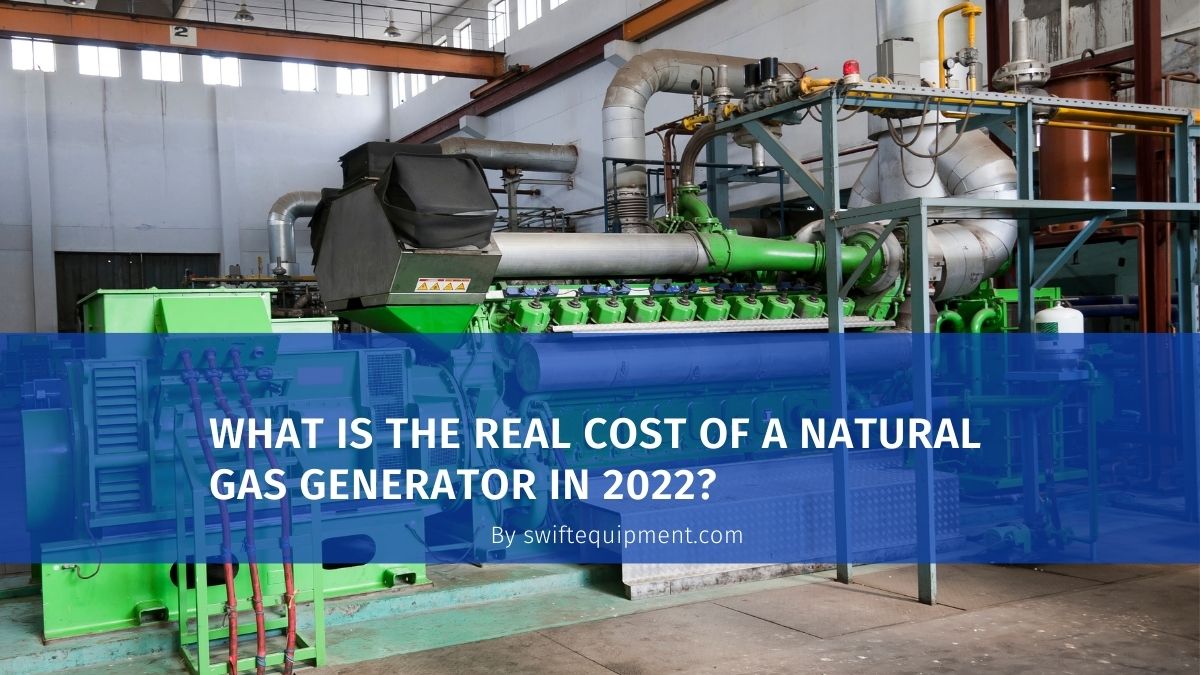

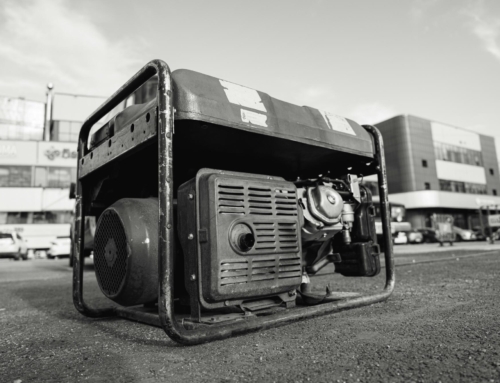
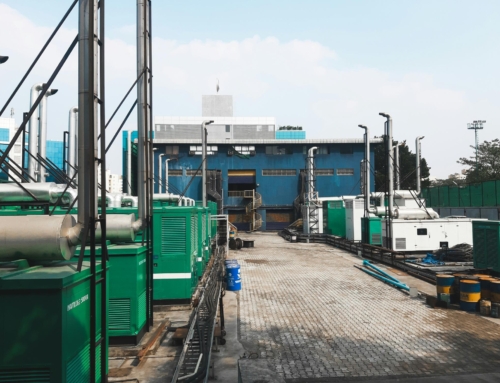
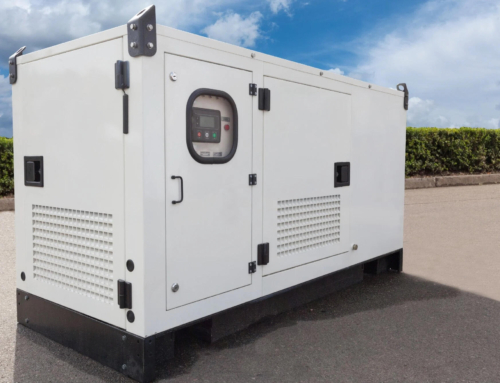
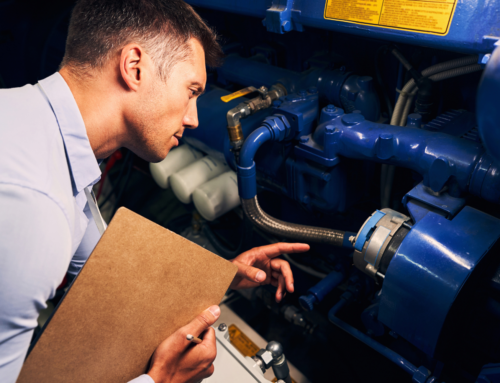
Leave A Comment